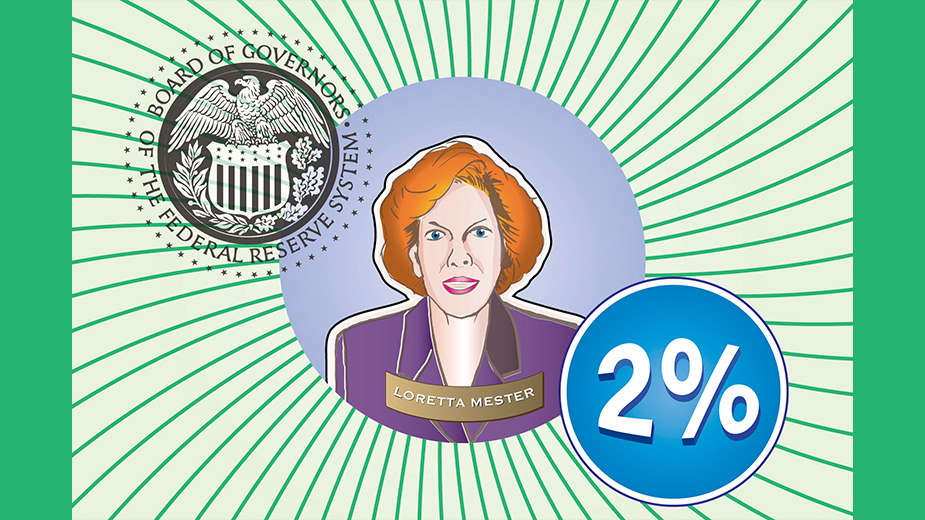Ohio New Unemployment Claims Fall by 2,000
COLUMBUS, Ohio – The number of new unemployment claims filed in Ohio last week fell by nearly 2,000, according to the Department of Job and Family Services, but are still above the 10,000 level.
For the week ended July 24, the agency reports 10,603 new claims were filed, along with 155,935 continued claims – a drop of about 5,000.
There were also 4,204 new claims for pandemic unemployment assistance – available to those who don’t qualify for traditional unemployment compensation, such as part-time workers – along with 215,345 continued claims.
In the 71 weeks since the pandemic began affecting Ohio’s economy, the state has disbursed $12.3 billion in unemployment compensation to more than 1 million people, as well as $1.1 billion in pandemic unemployment assistance to 1.2 million people.
The state’s unemployment rate is 5.2%. Ohio’s labor force participation rate is 60.2%, below the national level of 61.4%.
In Pennsylvania, the state’s Department of Labor reports 38,591 new claims were filed the week ended July 17, up about 2,000 from the previous week.
Across the country, the number of jobless claims filed dropped to 400,000 last week, down 24,000 from the week prior.
The weekly applications have fallen more or less steadily this year — from a peak of 904,000 in early to January. But they remain high by historic standards: Before COVID struck the United States in March 2020, claims were coming in at about 220,000 a week.
The job market and overall economy have been recovering from the collapse of the spring of 2020. The rollout of vaccines this year has encouraged businesses to reopen or expand their hours and sent cooped-up consumers back out to visit restaurants, bars and shops.
Still the health crisis isn’t over. COVID-19 cases are ticking up as the highly contagious delta variant spreads among the unvaccinated. The United States is reporting an average of more than 50,000 new cases a day, up from fewer than 12,000 a day in late June. The increase in cases could have economic consequences if governments decide to restrict business activity again or if consumers choose to stay at home as a precaution.
For now, though, the economy is so strong that many businesses say they can’t find workers. Employers posted a record 9.2 million job openings in May, advertising vacancies faster than applicants can fill them.
Responding to complaints of a labor shortage, 22 states have decided to end a $300-a-week federal employment benefits meant to cushion the economic fallout from the pandemic. Twenty states have dropped out of two other federal programs — one of which provides benefits to the self-employed and gig workers and another that serves those who have been out of work for six months or longer. The expanded programs are scheduled to expire nationwide Sept. 6.
The Associated Press contributed to this story.
Copyright 2024 The Business Journal, Youngstown, Ohio.



